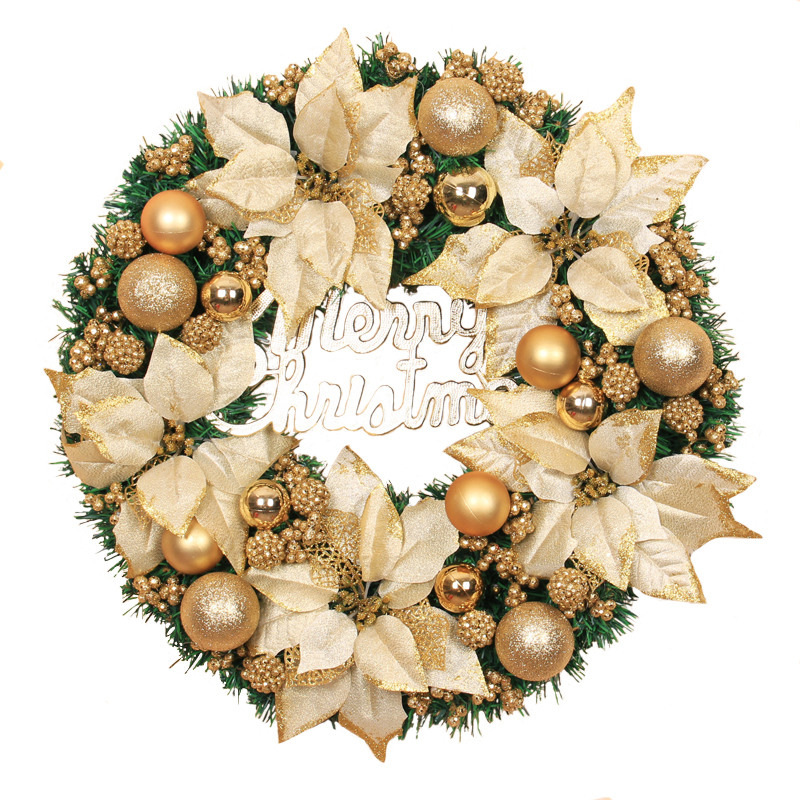Christmas garlands have a fascinating history that spans centuries and cultures. In this article, we delve into the historical evolution of Christmas garlands, from their ancient origins to their modern-day decorative use:
1. Ancient Roots: The use of evergreen garlands during winter celebrations can be traced back to ancient civilizations such as the Romans and Egyptians. These garlands symbolized hope, renewal, and the promise of spring.
2. Medieval Europe: In medieval Europe, evergreen garlands played a role in winter solstice and Yule celebrations. They were seen as protection against evil spirits and as a reminder of the return of longer days.
3. Christian Adoption: As Christianity spread, the tradition of using evergreen garlands was incorporated into Christmas celebrations. The evergreen branches came to symbolize eternal life through Jesus Christ.
4. Victorian Era: During the Victorian era, Christmas decorations, including garlands, became elaborate and ornate. Garlands adorned with candles, fruits, and ribbons were popular.
5. 20th Century Innovations: In the 20th century, innovations like tinsel garlands and electric lights transformed the way garlands were used in holiday decor. Tinsel added sparkle, while lights brought a magical glow to Christmas garlands.
6. Contemporary Decor: Today, Christmas garlands are a versatile decoration used both indoors and outdoors. They come in a variety of styles, from traditional evergreen garlands to modern, minimalist designs.
7. Cultural Influences: Different cultures around the world have added their unique traditions and elements to Christmas garlands, resulting in a rich tapestry of holiday decor.
8. DIY and Sustainability: Many people now enjoy crafting their own garlands using natural materials or repurposed items, embracing eco-friendly and sustainable decorating practices.
Understanding the historical journey of Christmas garlands allows us to appreciate the depth of tradition and symbolism associated with this beloved holiday decoration.







